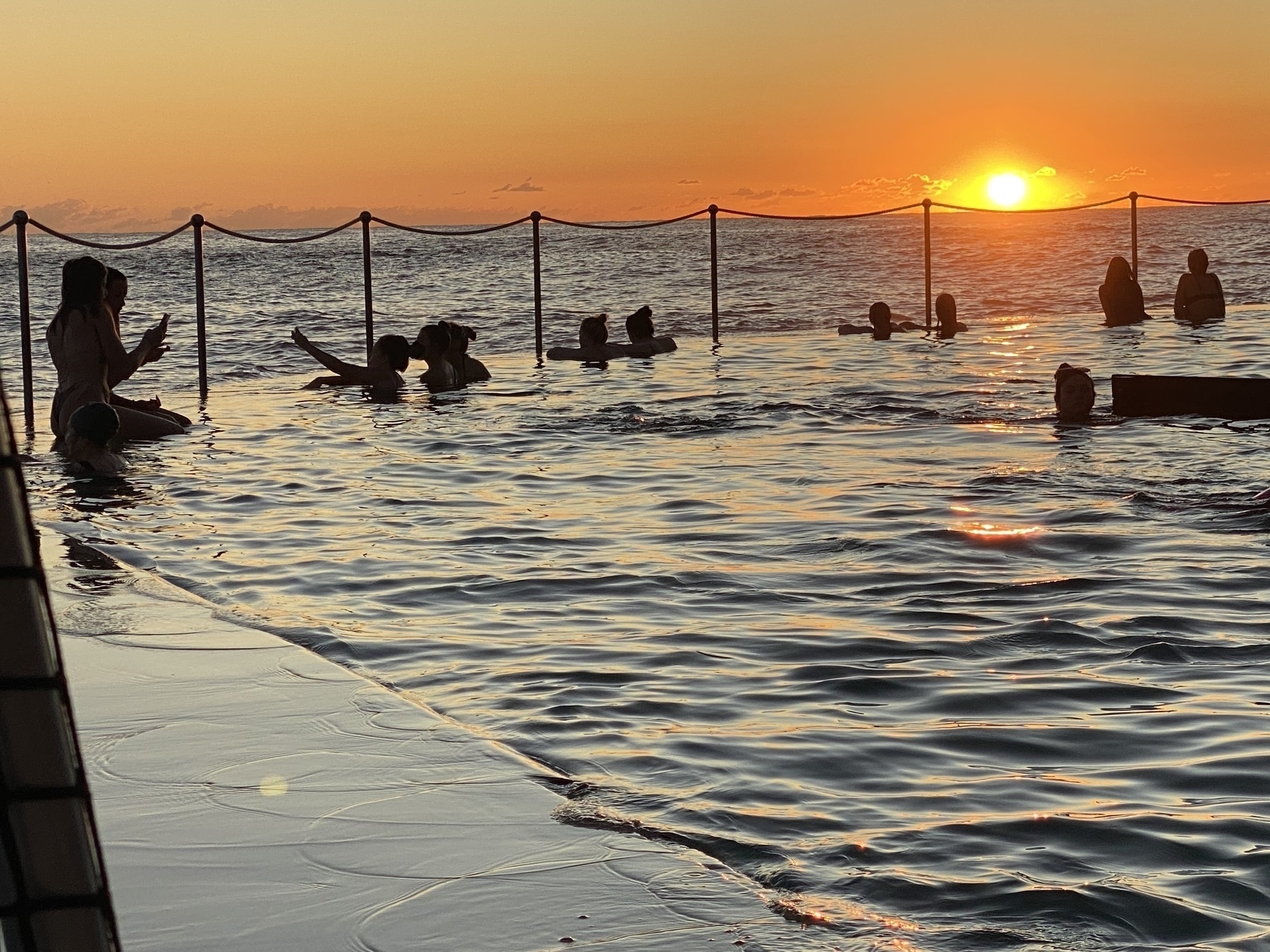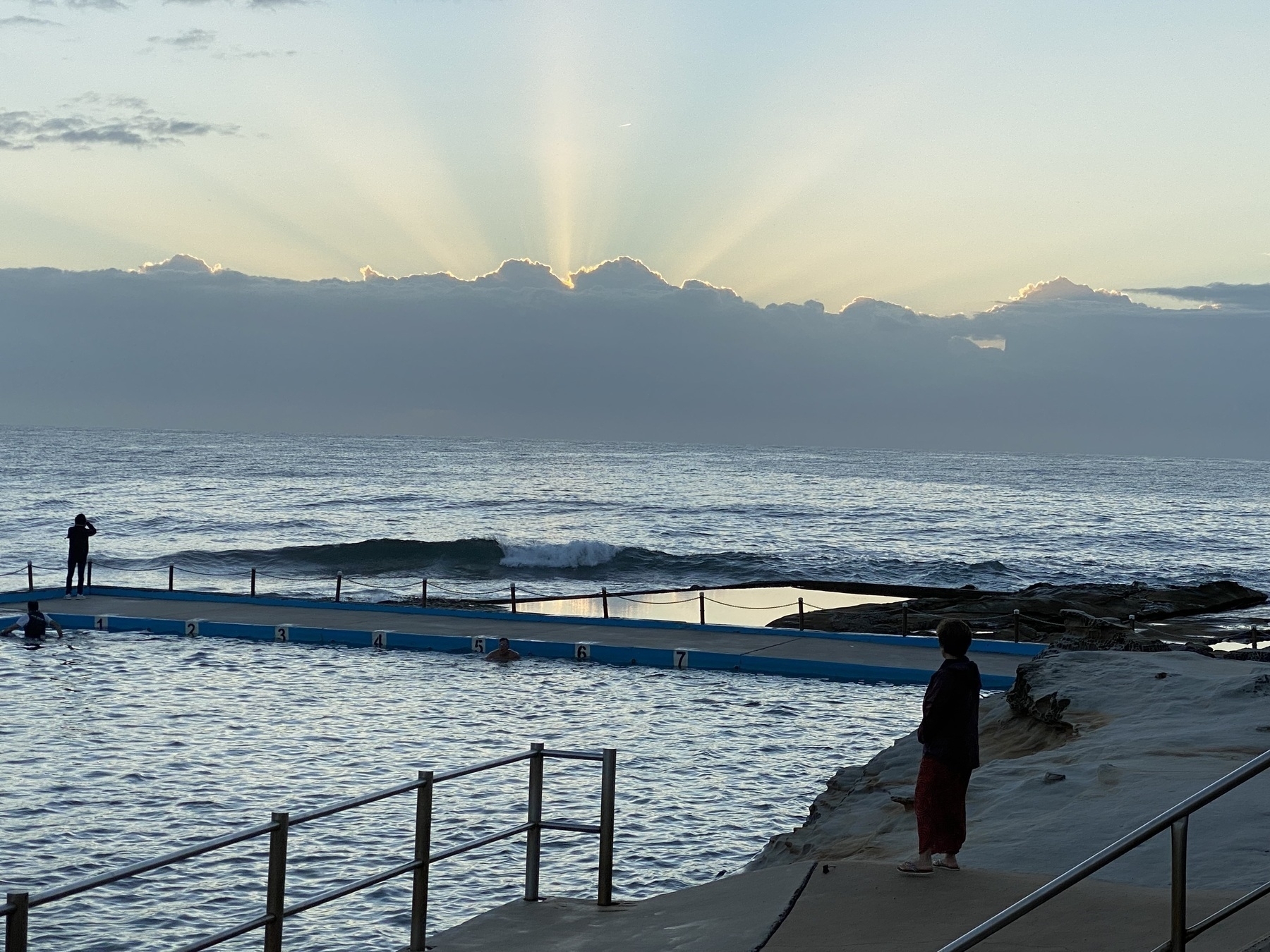Egret and Cockies bathed in morning light at Dee Why Beach
📷
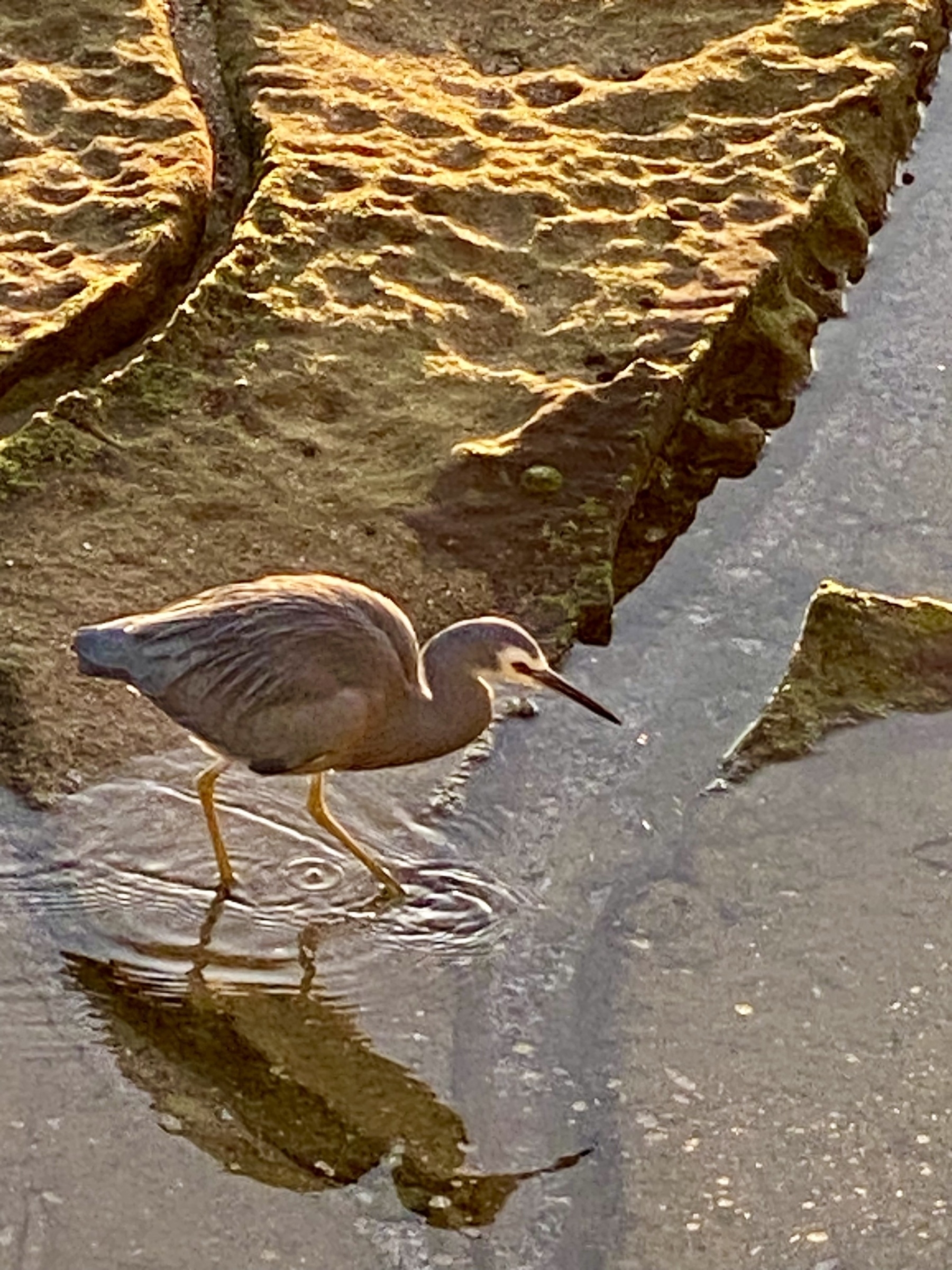
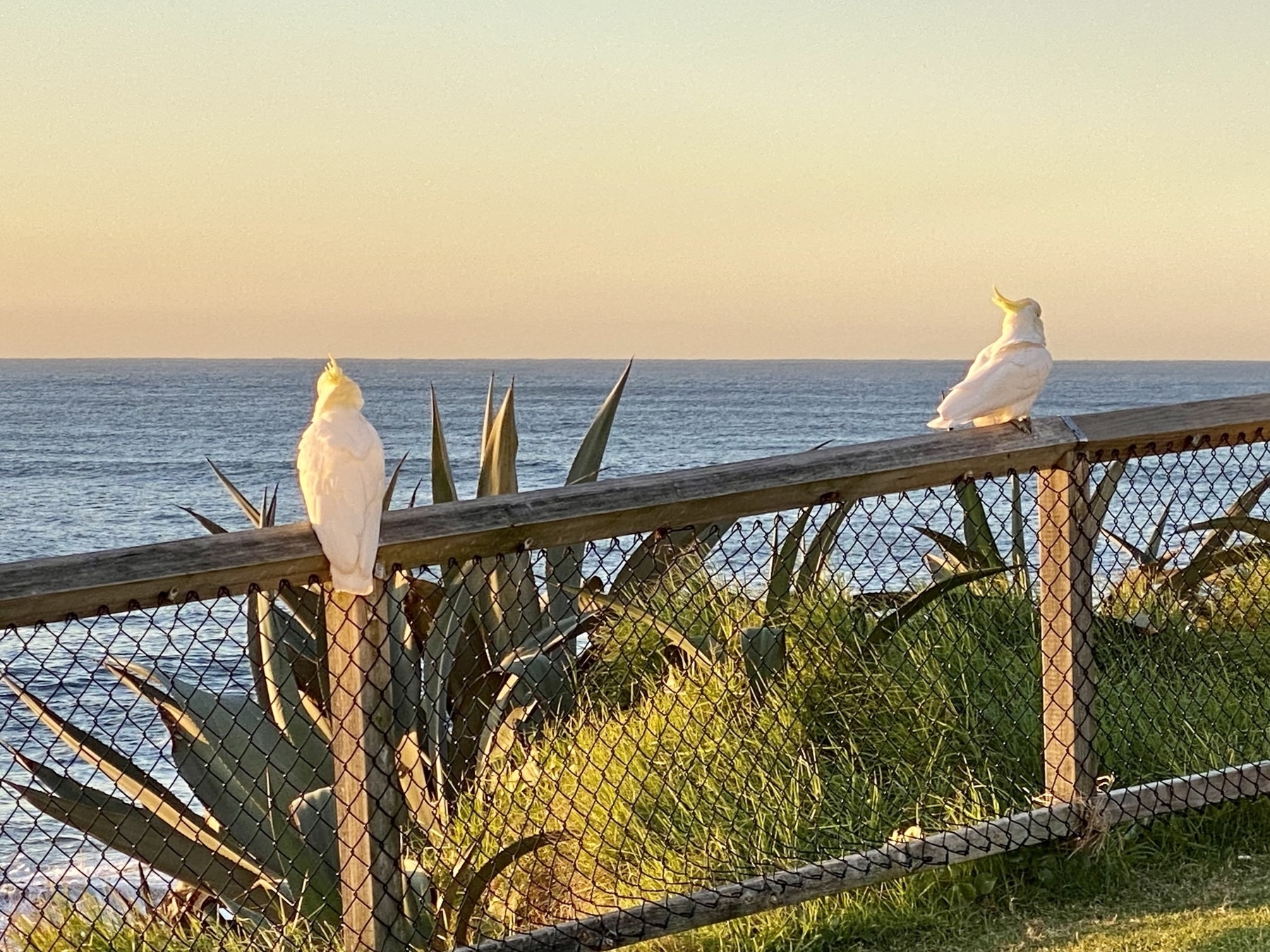
On the philosophers walk, Kyoto.
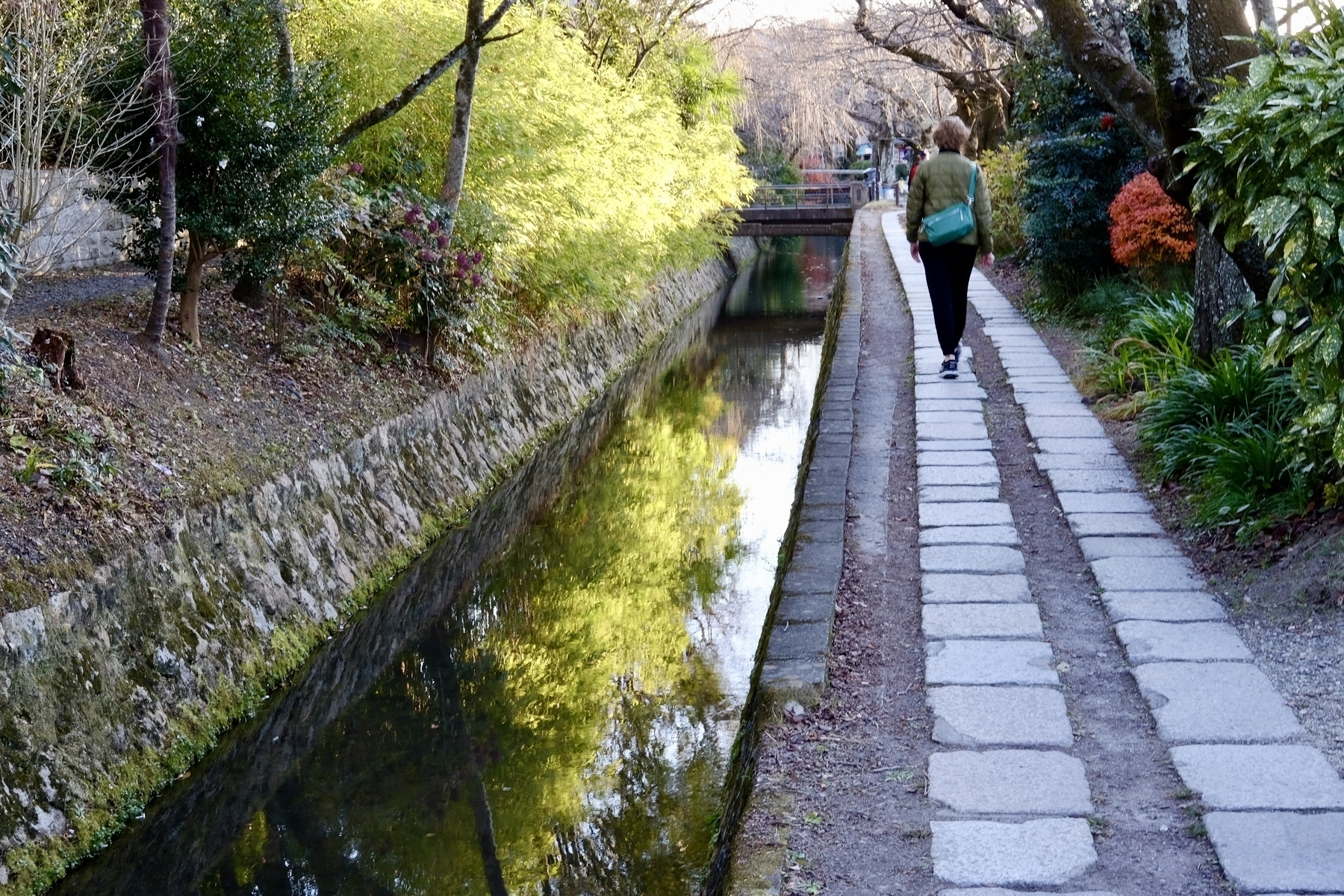
📷


📷 A seal washed up overnight by huge waves at Dee Why.
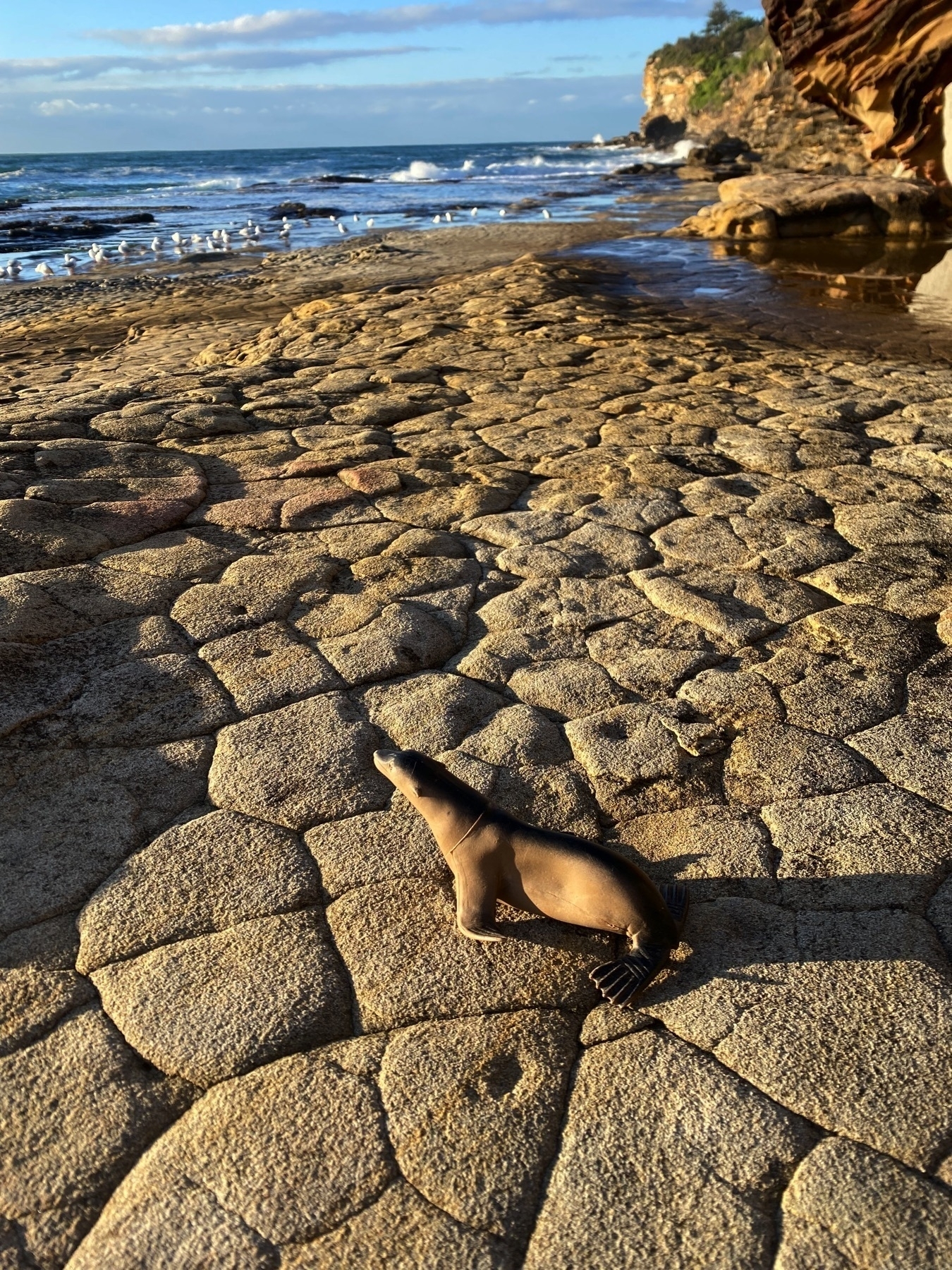
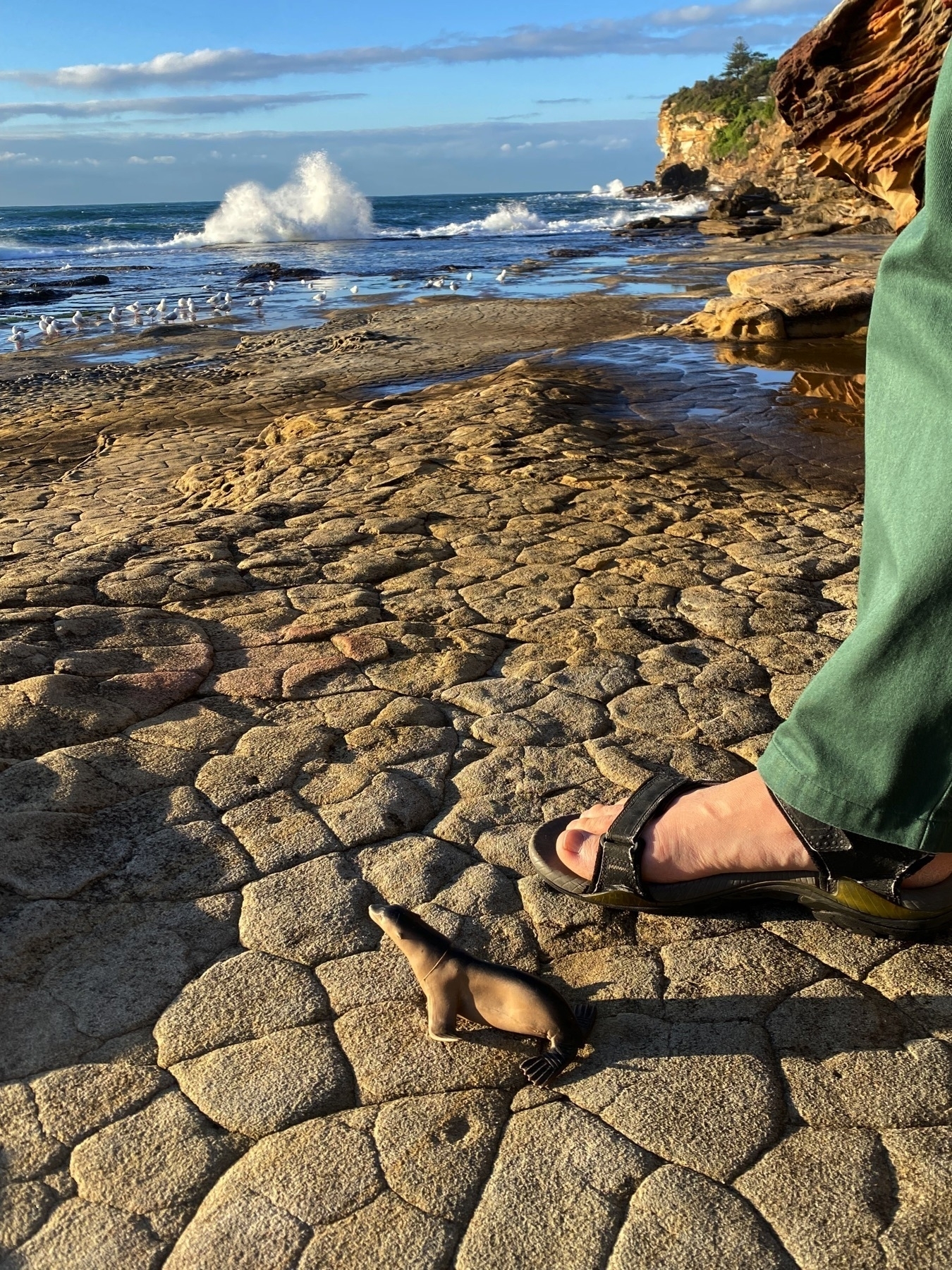
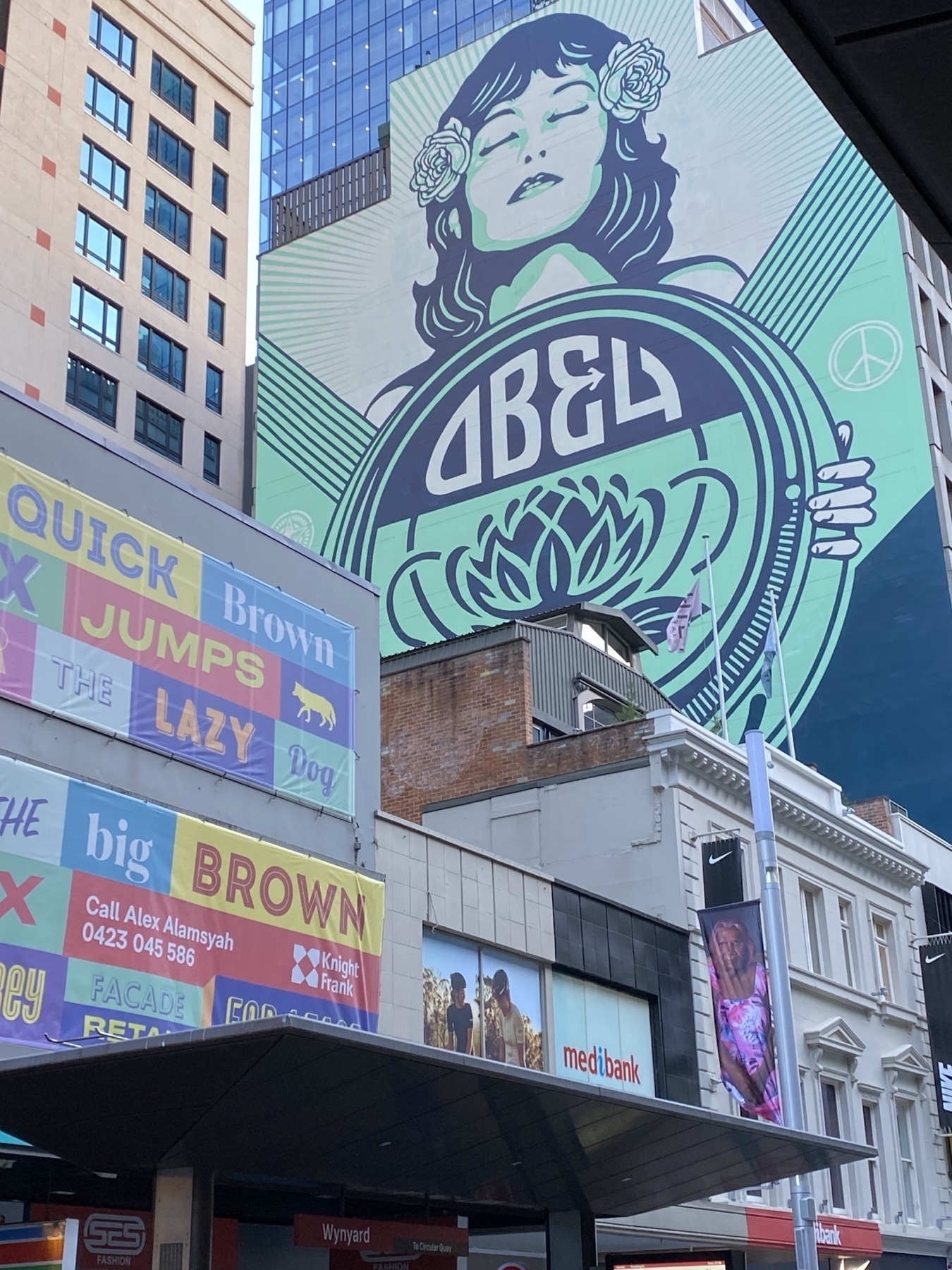
📷
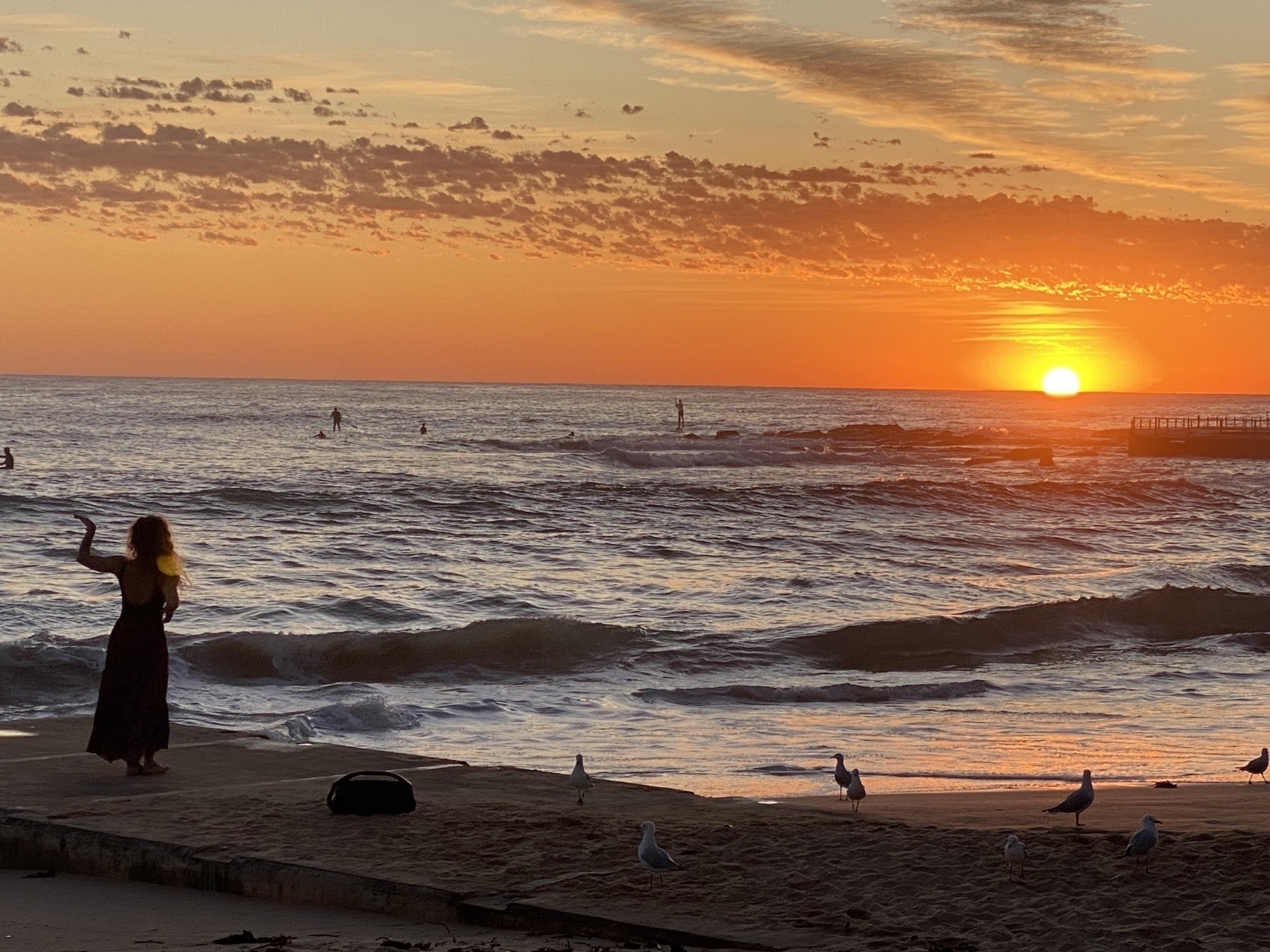
📷 Bondi morning
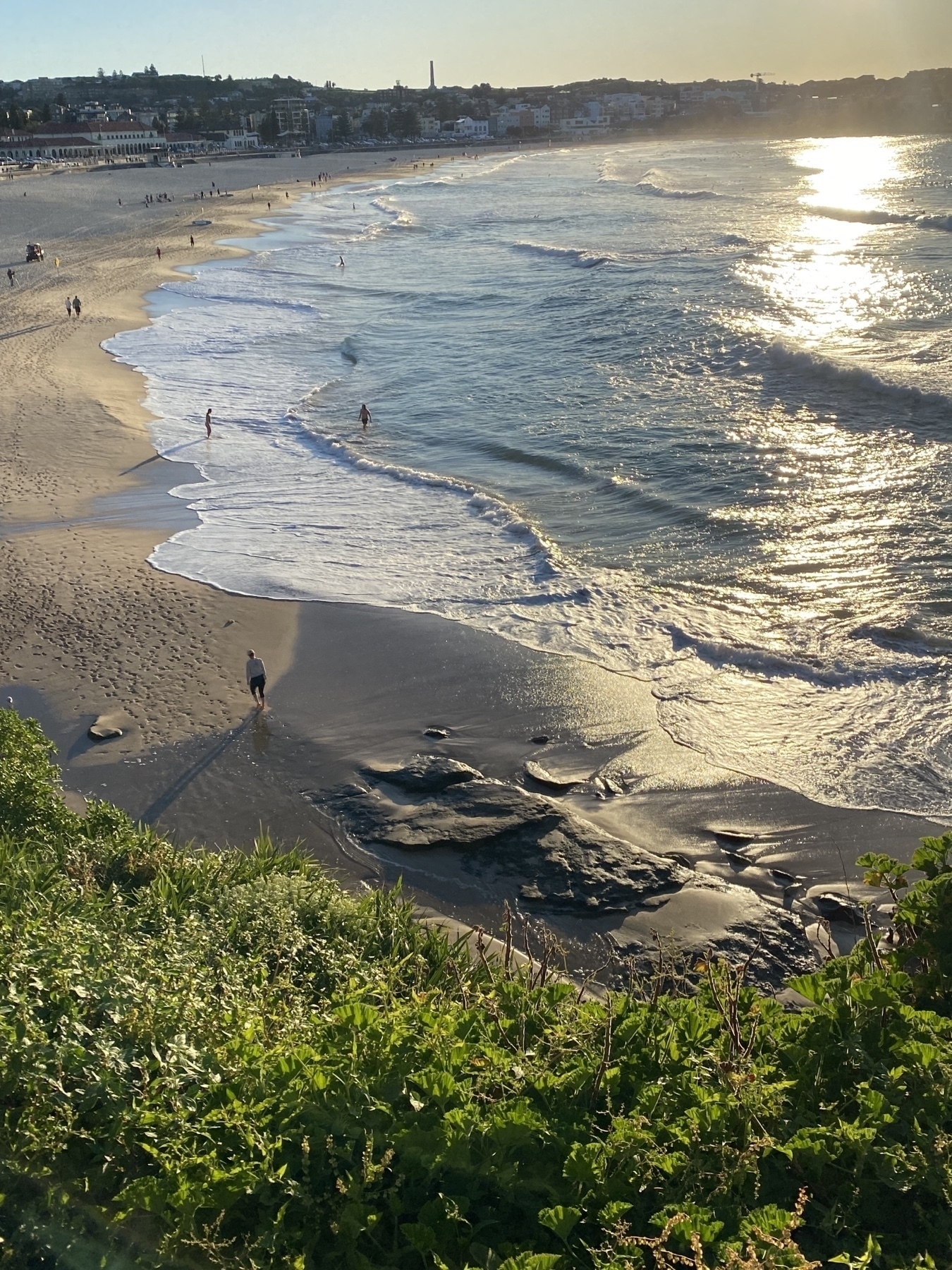
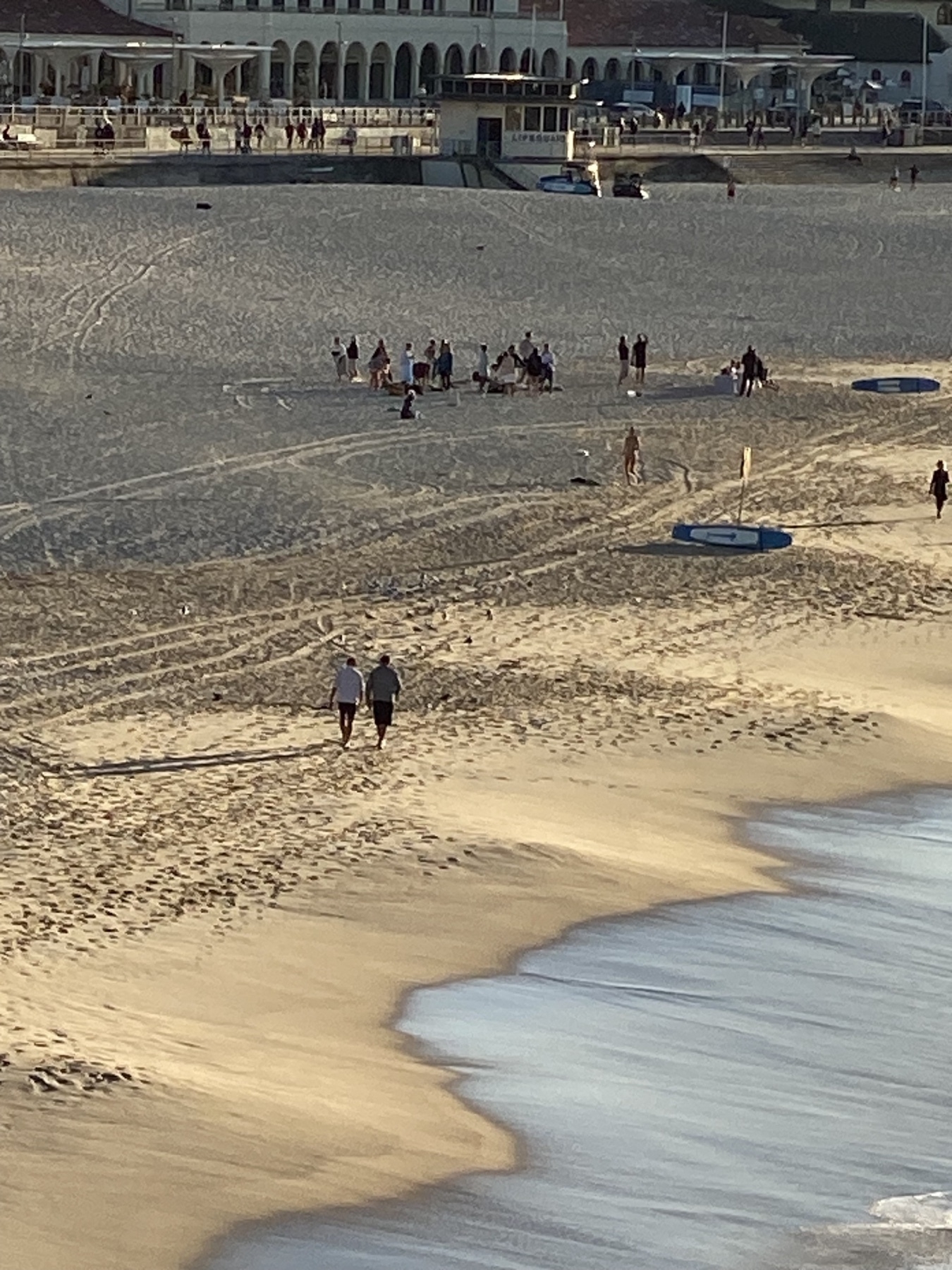
Hammersmith on a rainy night about 11pm.
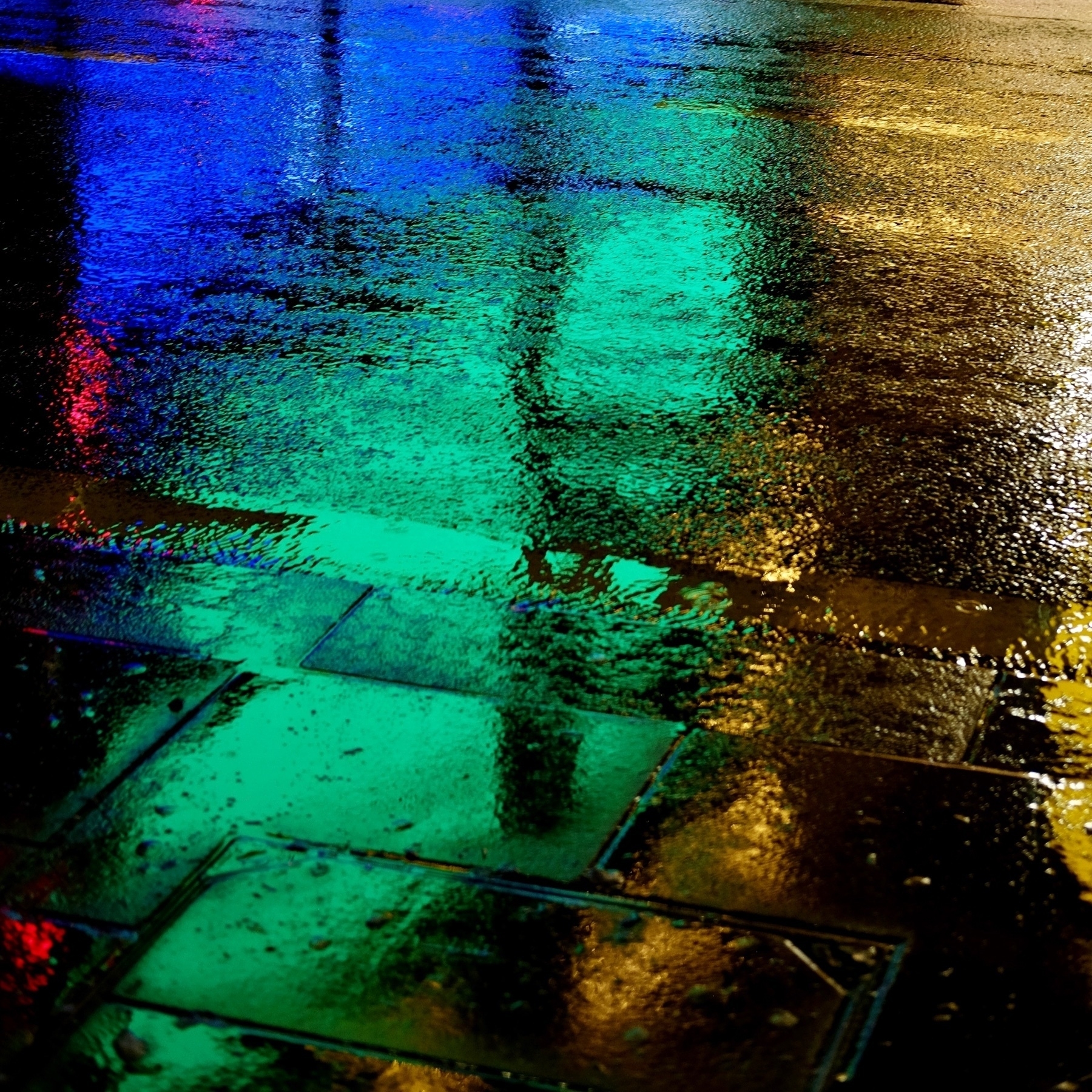
Origami cranes, Japan
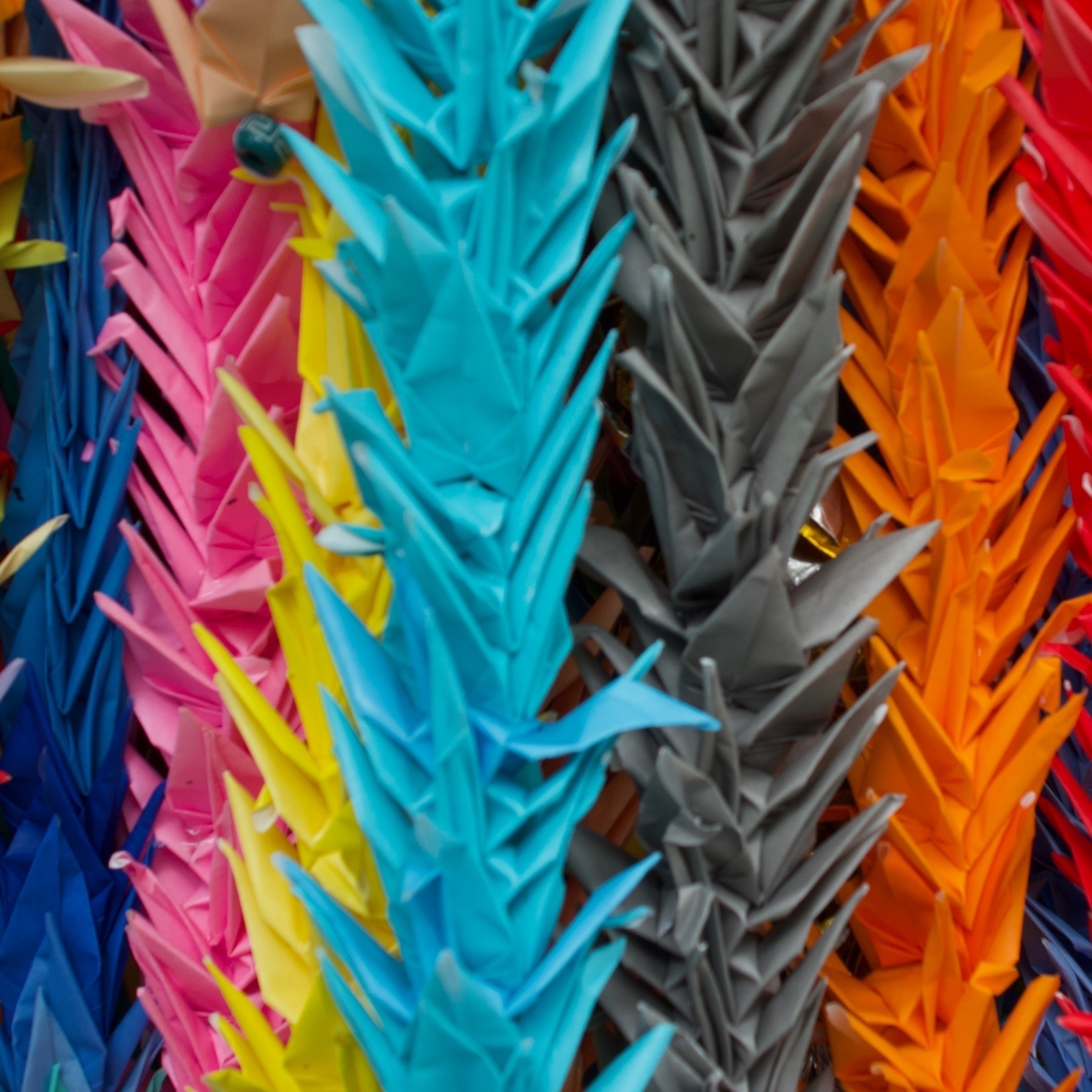
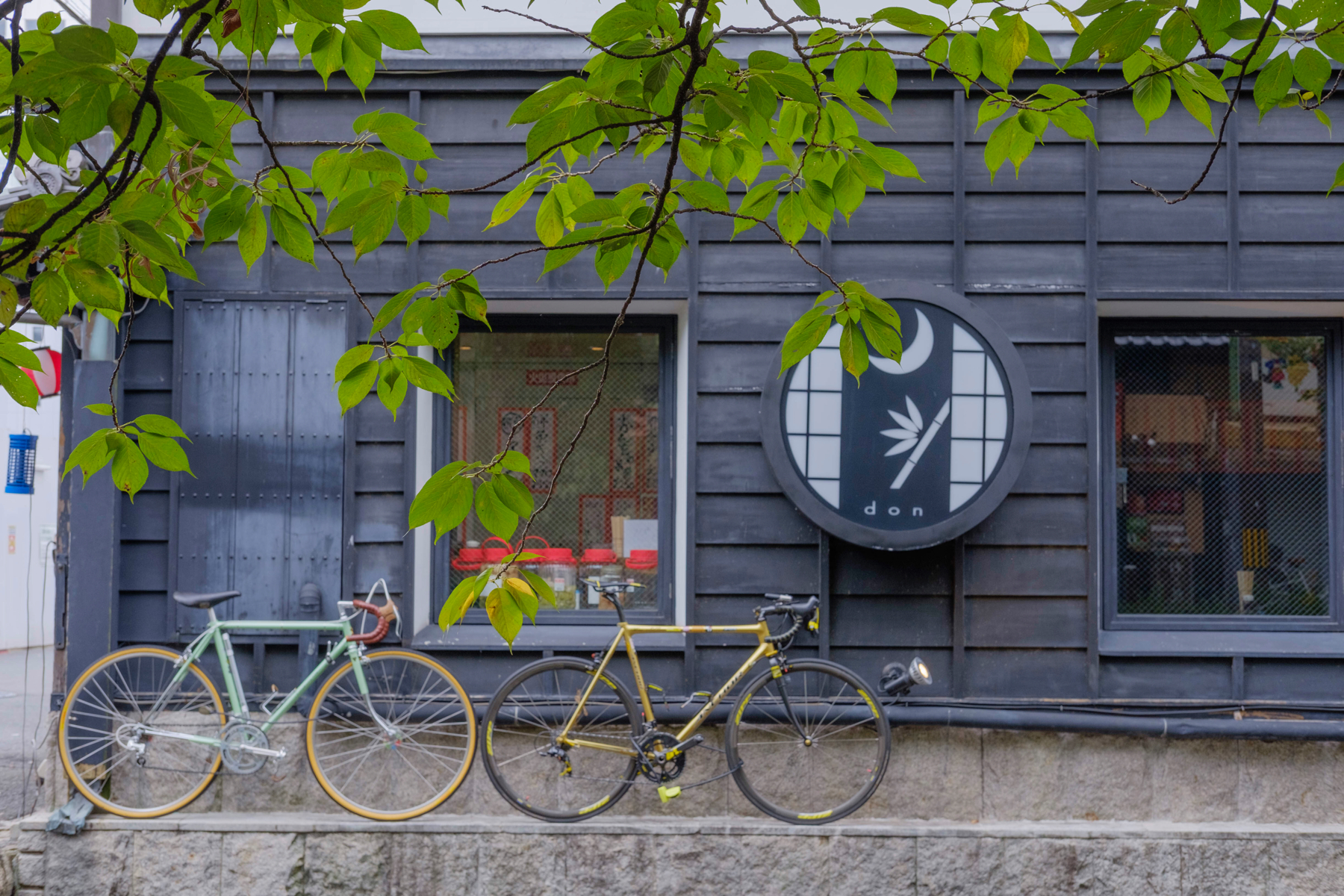
Kyoto Bikes 📷
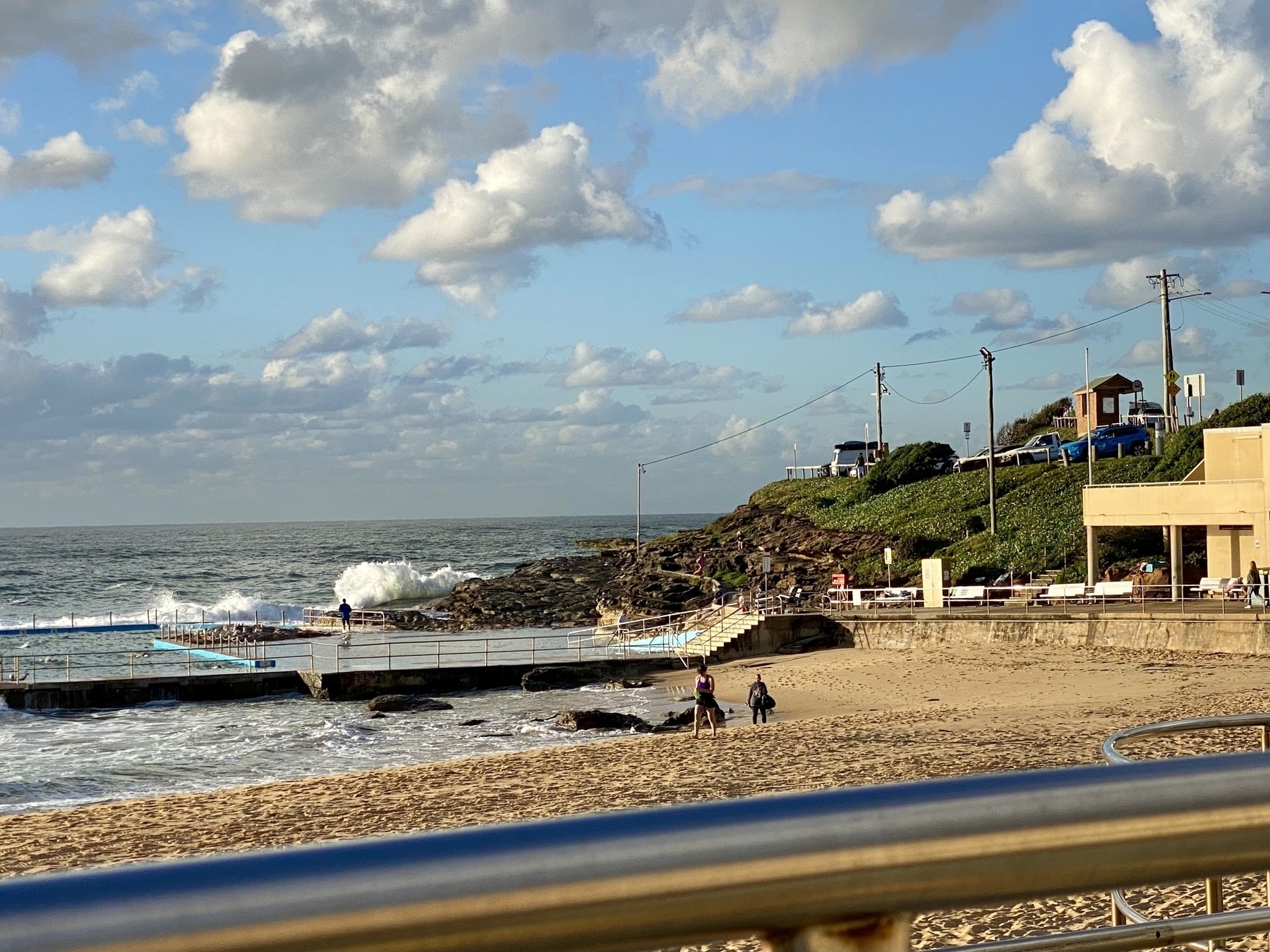
📷
Bill McKibben has a fascinating piece in Mother Jones, Yes in Our Backyards
Thanks to Alex Steffan for the link.
Pondering whether its worth paying for Roon & Tidal when I already pay for Apple Music.
I get that the streaming is generally more from lossless sources however my main listening environments (at my desk or running) have a much larger impact on the sound quality. I do like the artist information however its a lot to pay for that.
🎵
Bronte baths at sunrise
